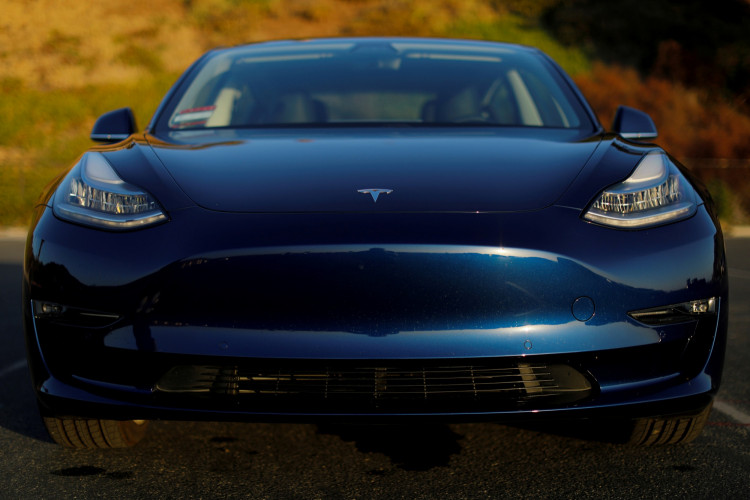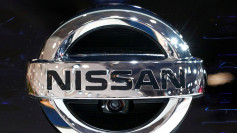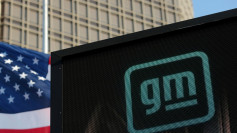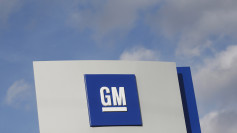Tesla is known to proudly advertise the Autopilot feature of its car models as the wave of the future, adding that autonomous driving will be the standard in the years to come. However, the company's bold claims are now in question in the aftermath of a number of fatal crashes in the United States with the Tesla banner feature in use.
In May 2016, a 40-year-old driver on his Tesla Model S sedan hit a fast-moving semi-truck as the two vehicles traveled on a Florida highway. Then in March 2019 also in Florida, a Tesla Model 3 driven by a 50-year-old man collided with a tractor-trailer. In both instances, the drivers had the Autopilot engaged seconds before the crash and both were killed.
In the succeeding reports issued by government authorities, it was established that drivers of the ill-fated vehicles failed to react appropriately that possibly could have avoided the accident. In both cases, there were no signs that any of the Tesla cars veered off from the collision course or the traveling speed was reduced. One of the cars was recorded by the built-in computer to be cruising at 68mph.
While the probes have yet to be fully concluded, human error was factored in as evident on the report concerning the Model S. Authorities have indicated that the driver was not focused on the road prior to the crash. The report suggested Tesla was not at fault, at least not totally.
The findings could be explained by assuming that Autopilot on Tesla cars, or for that matter in any other vehicles with the same feature, is a new concept that car owners and drivers did not fully grasp. Likely, adaptive cruise control system, as Tesla and other carmakers term the technology, is a smart vehicle function that is unclear to those behind the wheel of these futuristic car models.
These accidents, according to Car Buzz, managed to unmask the truth that Autopilot has limitations. Specifically, a robust preventive measure to avoid deadly car crash was absent in both cases cited above, the report added.
For its part, Tesla was partly to blame because the company failed to address a glaring software glitch that was revealed when the Model S met an accident and claimed the life of its driver. Nearly three years later, the Model 3 had the same fate and it was obvious the carmaker was unable to fully fix the error, The Verge reported.
Tesla's reaction to both incidents was hardly surprising. The Verge said Elon Musk, the company CEO, pointed the blame on drivers relying heavily on complacent driving that possibly resulted in the serious accidents.
In a statement, Tesla said that in one of the accidents investigators have shown that "the driver immediately removed his hands from the wheel," mere seconds before the deadly collision, thus effectively echoing Musk's argument.





